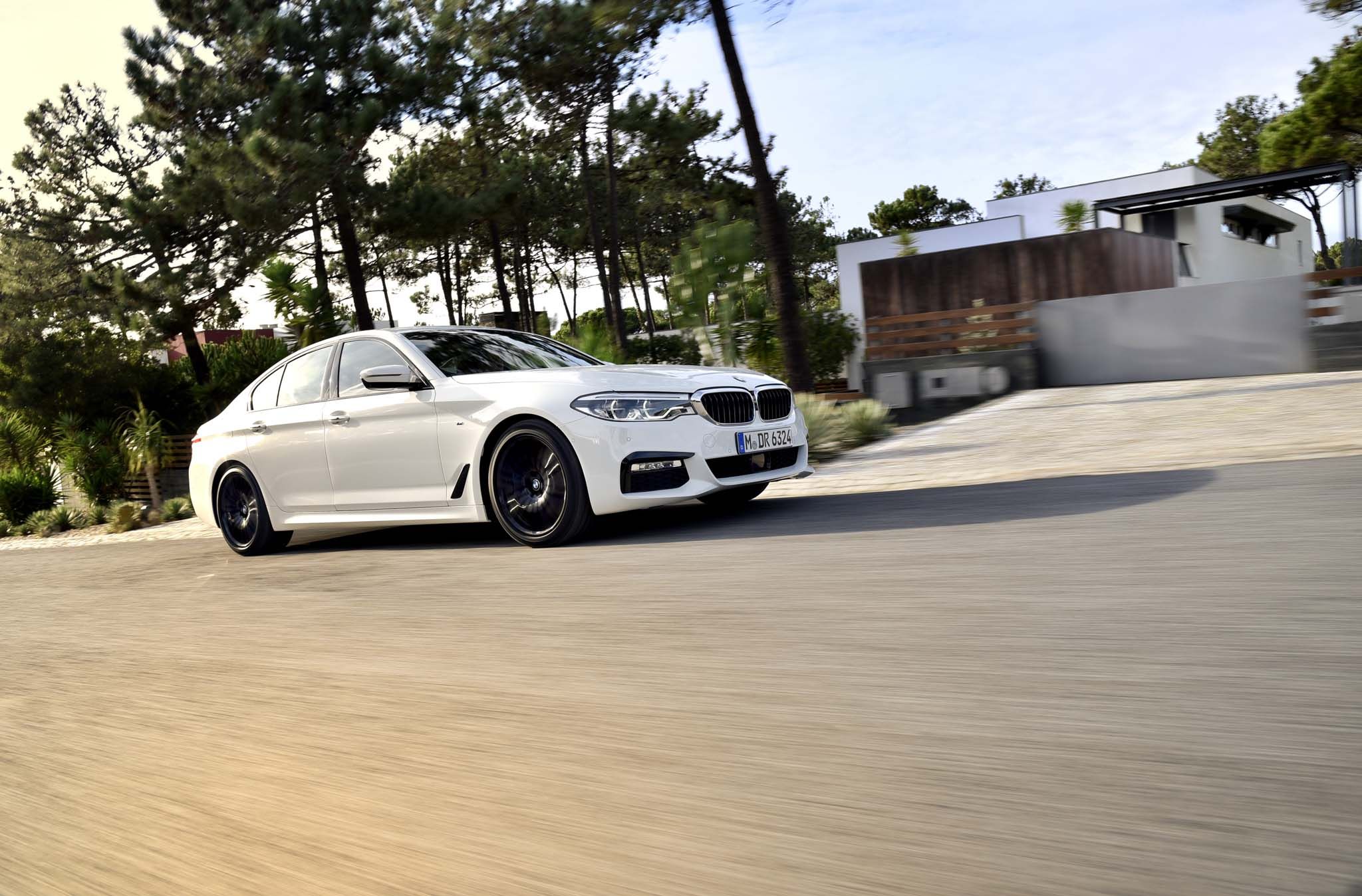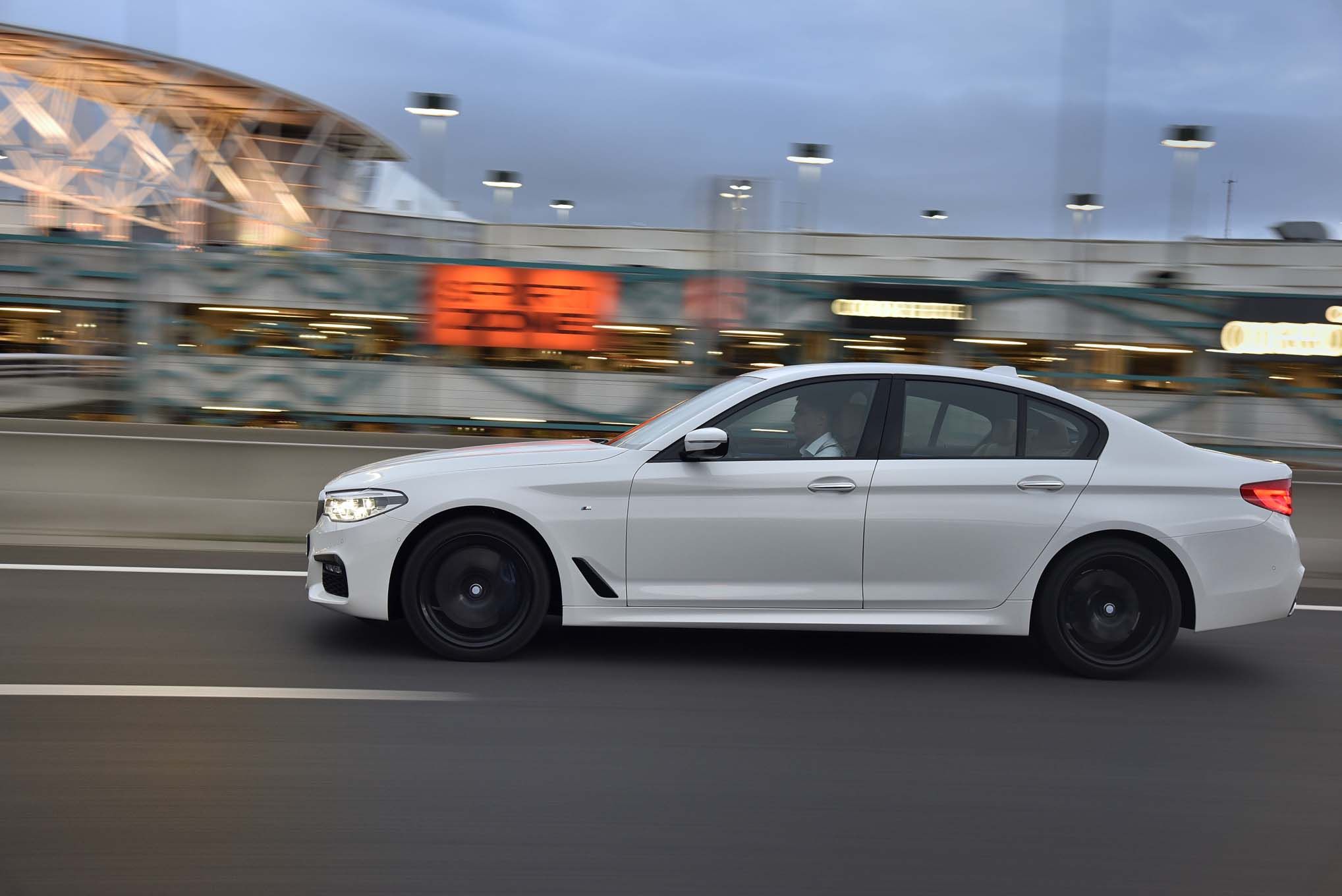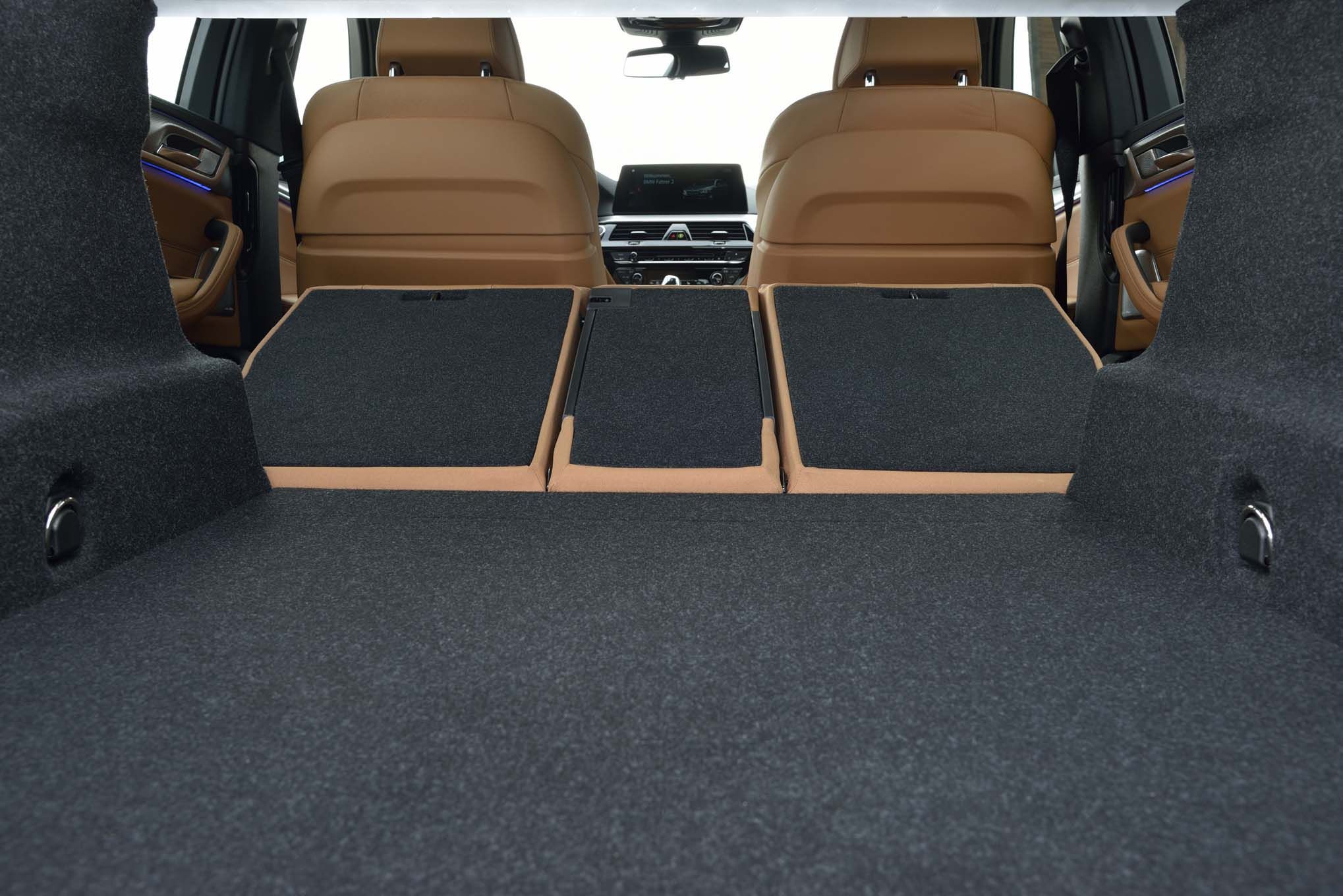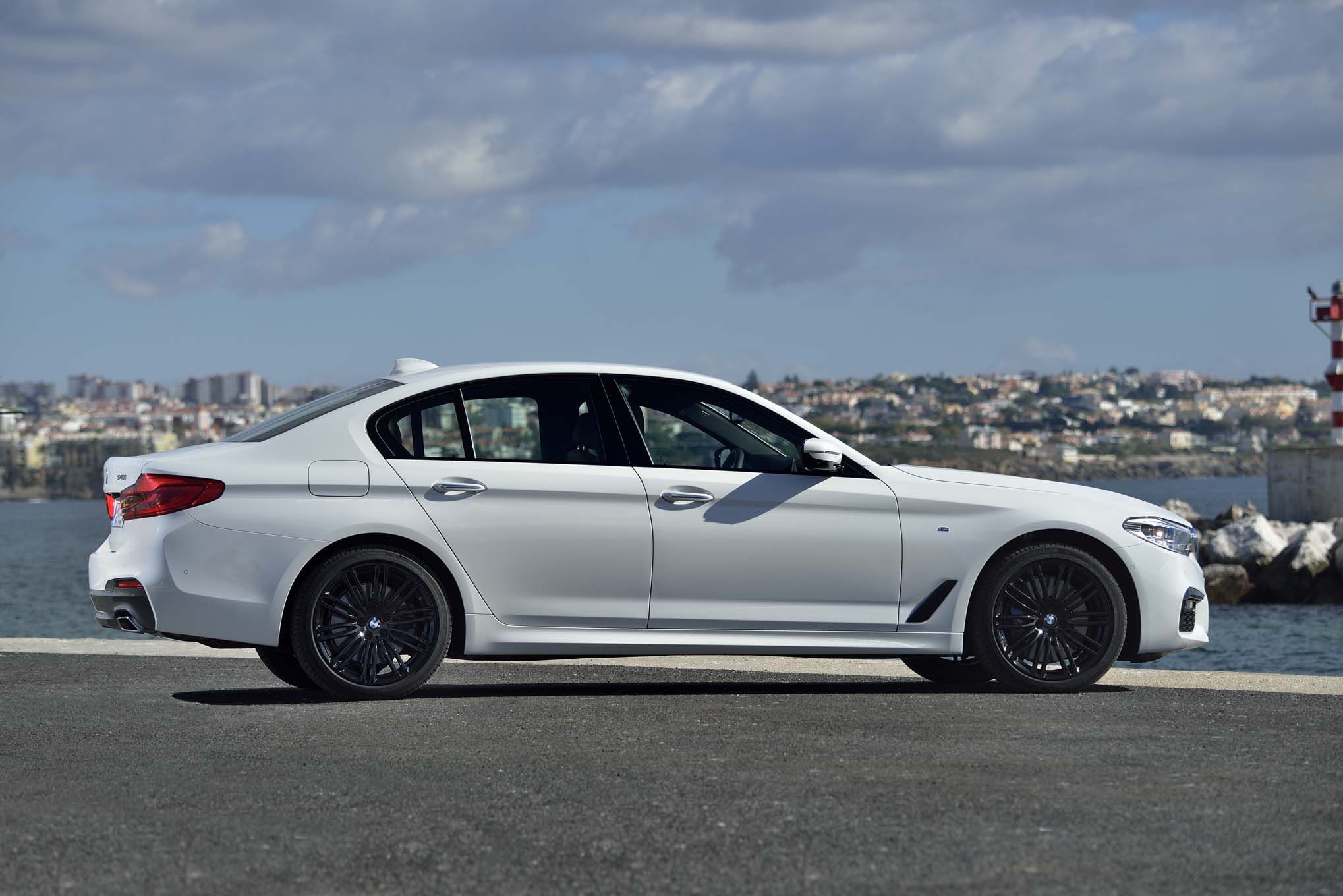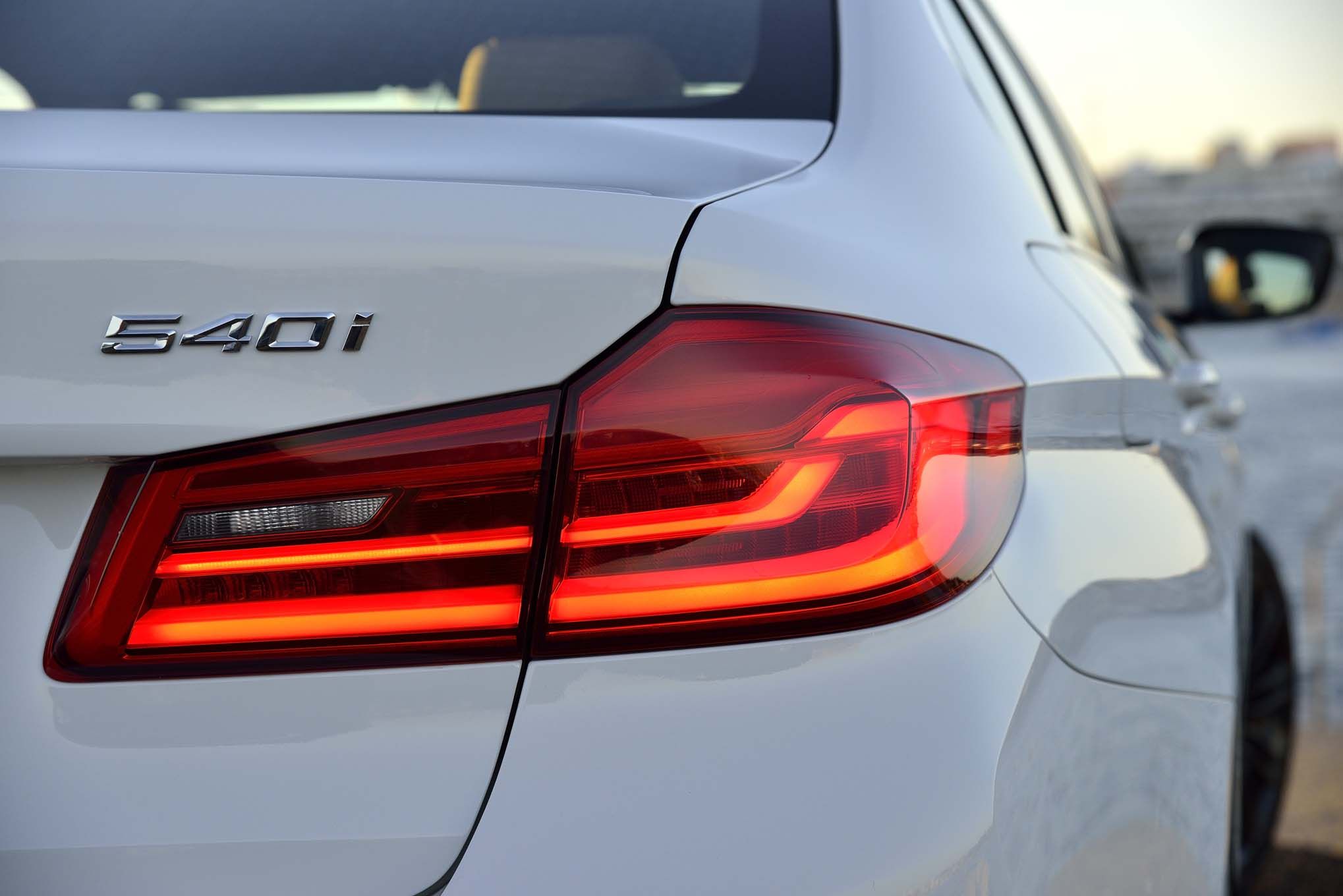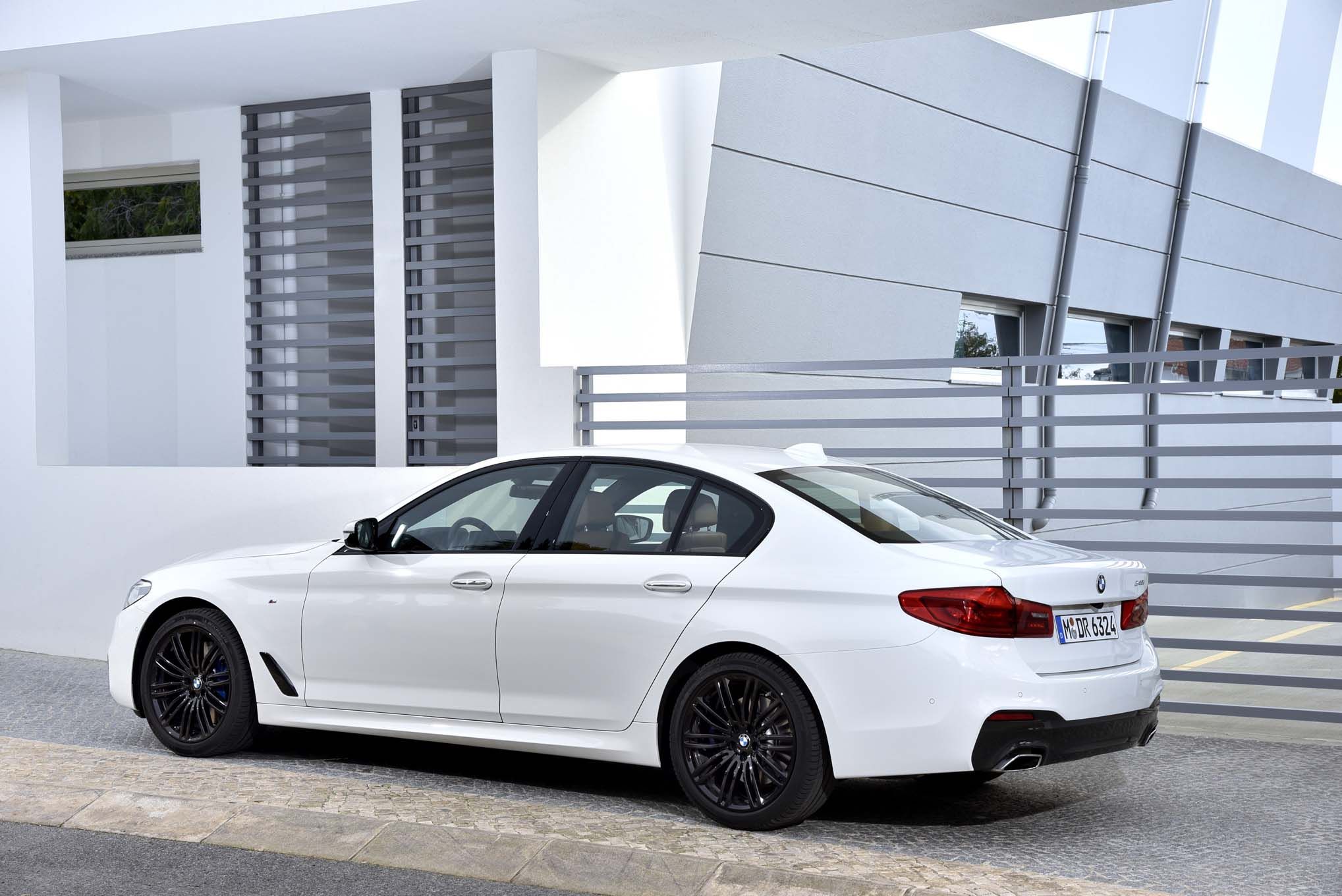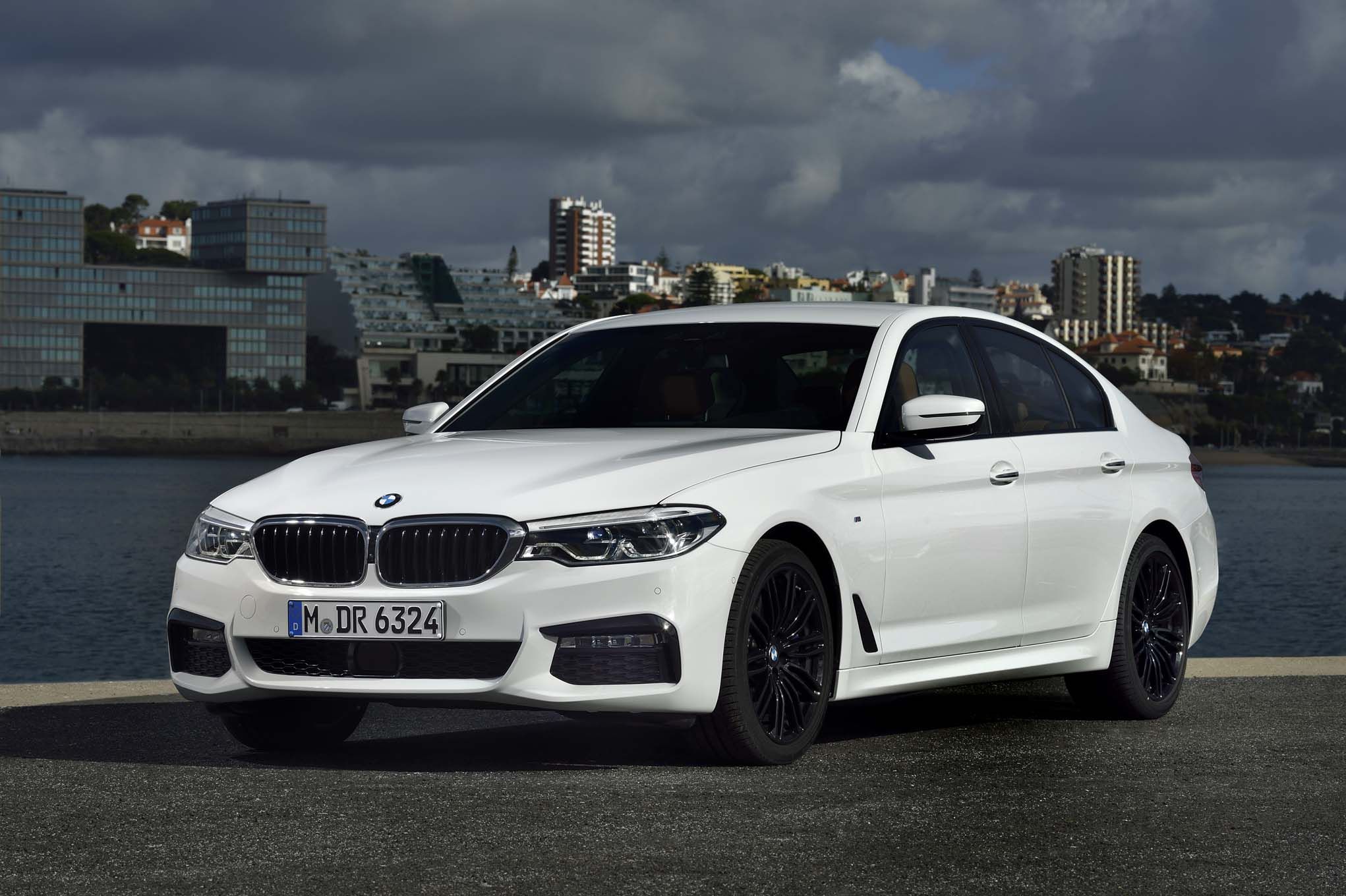Love is supposed to be forever, pure and unconditional. It's a powerful draw and a steadfast loyalty. When it's mutual, both sides work to keep it alive and thriving. BMW fans are passionate about the brand.
Love gone wrong? That's a bummer.
The 2017 540i shows BMW might not be feeling it anymore. It's soft where past 5s were tight, and it opts for comfort over enthusiasm. Sure, it's an incredibly capable car made with the strength of the All Saints' Church door in Wittenberg, where Martin Luther posted his 95 theses in 1517. But 500 years later, the 540i ain't nearly as communicative.
We tested the rear-drive version of the 540i with a turbo 3.0-liter inline-six rated at 335 horsepower. Below that is the 530i powered by a turbocharged 2.0-liter four with 248 horsepower. And one step up is the M550i with a twin-turbo 4.4-liter V-8 cranking out 456 horses.
This 7th gen 5er, known as the G30 within BMW, shares components with the current 7-series. It's got a 117.1-inch wheelbase and is 194.6 inches long - 0.2 and 1.5 inches longer than its predecessor, respectively. But compared to the iconic E39-gen 5-series, the G30 is 6.6 inches longer and 5.7 inches wider between the axles. Plus, it weighs 4071 pounds, just 147 less than the E39-gen 5-series with a 4.4-liter V-8 and five-speed automatic transmission. Even our long-term 2011 BMW 535i (F10-platform, turbo 3.0-liter six and six-speed manual) weighed 4075 pounds. This 2017 540i had a lot of options, but it's still slightly lighter.
That'll set ya back $25,165 on top of the $57,445 base price. That includes a mostly ornamental $2600 M Sport package; the Driving Assistance and Driving Assistance Plus packages, which together cost $3200 and come with a bunch of cameras, sensors, and active safety features; and a $3500 Dynamic Handling package that's got adaptive dampers and anti-roll bars plus an Adaptive Drive system that links 'em up. Ya gotta wonder why they call it an Ultimate Driving Machine when they charge extra for something called Dynamic Handling.
German luxury carmakers ain't never been shy about options, so this ain't no shocker. But still, it takes some nerve to ask for $4200 for a Bowers & Wilkins sound system and then demand another $300 if you want Apple CarPlay compatibility.
Fortunately, this $82,610 car's got an interior that lives up to its high-class status. The $1600 Luxury Seating package comes with seats that adjust more ways than your body can and are upholstered in super soft nappa leather with diamond tufting that looks like a blanket of engagement rings. The M Sport steering wheel rim may be a bit too thick, the shifter wand is kinda confusing, and the iDrive control system's menus still go a few layers too deep, but the overall design is one of BMW's best and the build quality's right up there with corporate brother Rolls-Royce.
The long wheelbase pays off with lots of legroom in the back and a smooth ride. The BMW 5-series feels the roomiest of its class, which includes the Jaguar XF, Audi A6, and Mercedes-Benz E-class. It's not quite as luxurious as bigger cars, but it's still comfy. That makes sense since BMW is banking a lot on the Chinese market, where people prefer being chauffeured.
The main downside of the 540i is that all the tech on board insulates the driver from the driving experience. You get only brief moments of mechanical joy, and the car doesn't take corners like other BMWs. The Goodyear Eagle F1 Asymmetric 3 tires don't help either. Switching off the tech nannies makes it more engaging, but the steering is still numb.
At least there's some power. The turbo boosts the straight-six so it reaches its peak 332 lb-ft of torque at just 1380 rpm, barely off idle. The eight-speed automatic transmission works great, shifting up to the highest gear for fuel economy or down to the bottom six gears for more power.
At the track, the 540i impressed with a 0-60 mph time of 4.7 seconds, thanks to its ample torque, despite its modest 335-hp rating. The all-wheel-drive version tested earlier was even quicker, reaching 60 mph in 4.5 seconds. The 540i also raced through the quarter-mile in 13.2 seconds at 109 mph, and hit 120 mph in 16.3 seconds - 0.1 second ahead of the all-wheel-drive version. This turbocharged six-cylinder is an overachiever, and despite its hard use, still averaged 22 mpg.
Although the 540i's stopping from 70 mph in 168 feet is decent, it's 12 feet longer than the E39 M5 from 2000. Similarly, the 0.87 g skidpad orbit doesn't quite match the old E39 M car's 0.90 g. Even the archrival 2017 Mercedes E300 4MATIC can stop in 154 feet and corner at 0.90 g. Most importantly, though, the 540i isn't nearly as much fun to drive as the old car.
Back in 1997, the BMW range in America was limited to the 3-, 5-, 7-, and 8-series, plus the Z3 roadster - a total of five lines. But with the introduction of the X5 in 2000, BMW began an incredible expansion of its product portfolio. Now, there are six car lines (not including the Z4 that’s gradually leaving showrooms), five SUVs (with more to come), and the electric i3 (with an optional range extender) and hybrid i8. That’s 13 product lines, not including hybrid variations, M versions, and the dealership accessories. In places like the affluent Thousand Oaks, California, BMWs are more popular than Chevys or Fords, and the Rusnak BMW dealership occupies an entire block. While the Ultimate Driving Machine may still be alive and well in that block, the new 540i isn’t it.
It's a given that the world changes, and BMW has certainly seen success in this changing environment. But it's becoming increasingly difficult for enthusiasts to love BMW unconditionally - and that's something that matters to us.




